How Azerbaijan Found the Nerve to Stand Up to Russia
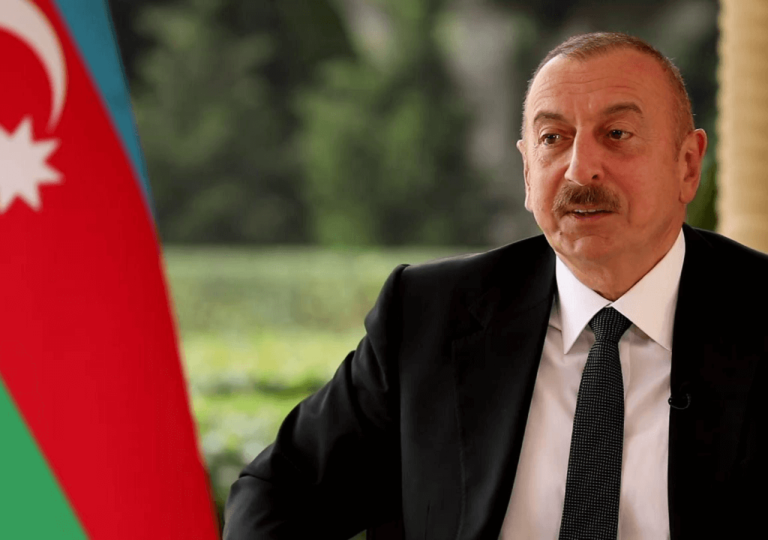
Azerbaijan’s rare defiance against Russia marks a shift in regional power dynamics. What led to this bold move, and what does it mean for Moscow’s influence?

Azerbaijan’s rare defiance against Russia marks a shift in regional power dynamics. What led to this bold move, and what does it mean for Moscow’s influence?

Russia's war in Ukraine has led to high casualties and recruitment challenges, now involving North Korean troops for support

A shift in sentiment among younger generations in former Soviet countries shows a growing alignment with Western values, challenging Russia's influence
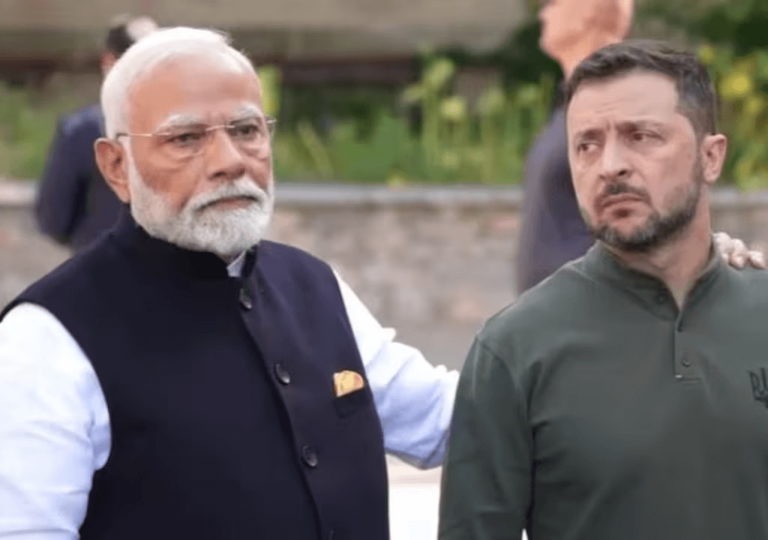
Modi's visit to Ukraine marks a historic moment, emphasizing India's support for Ukraine amid ongoing conflict with Russia
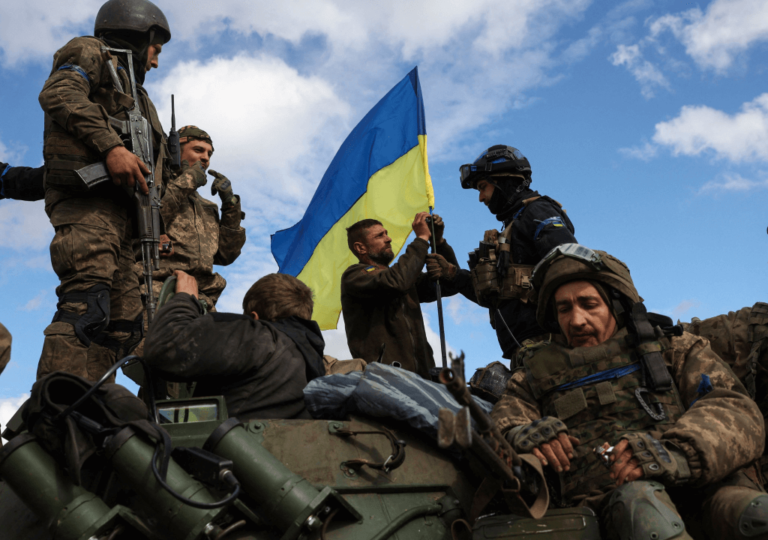
Ukrainian forces make significant gains into Russian territory, challenging Moscow's might
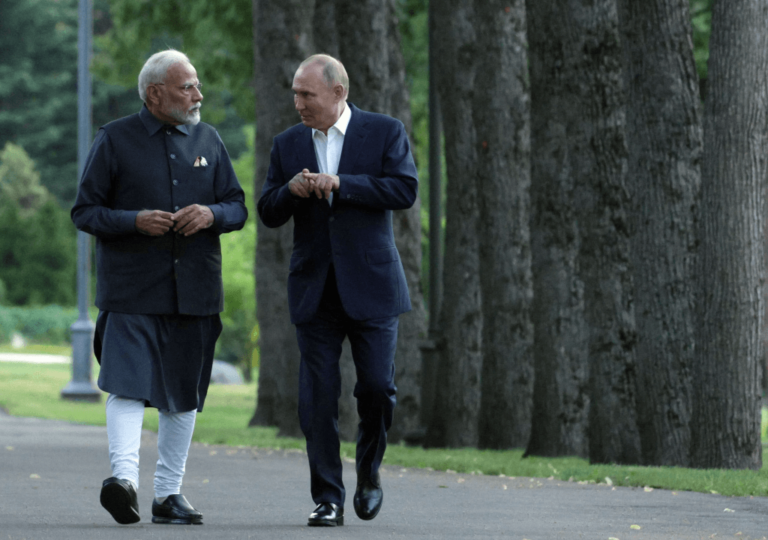
PM Modi's visit to Russia cements India's balanced ties amid West-Russia tensions
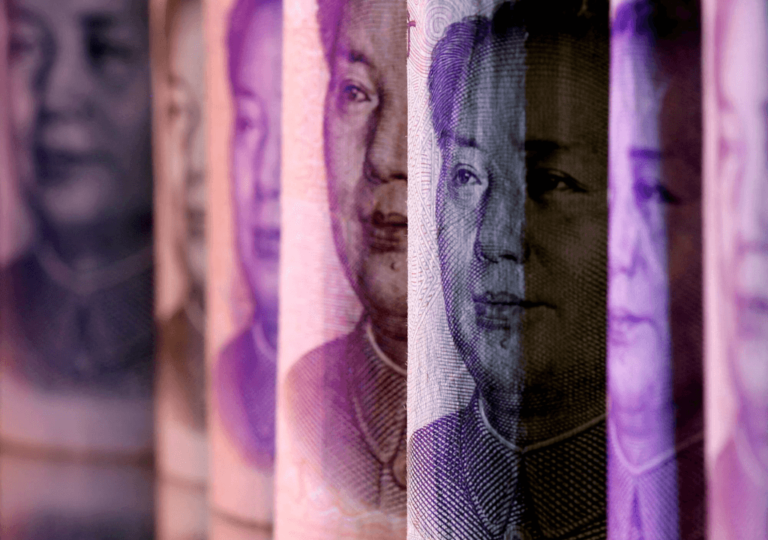
Russian businesses increasingly rely on yuan amid Western banking cutoff, facing scarcity and rising costs, hindering growth amidst geopolitical tensions.